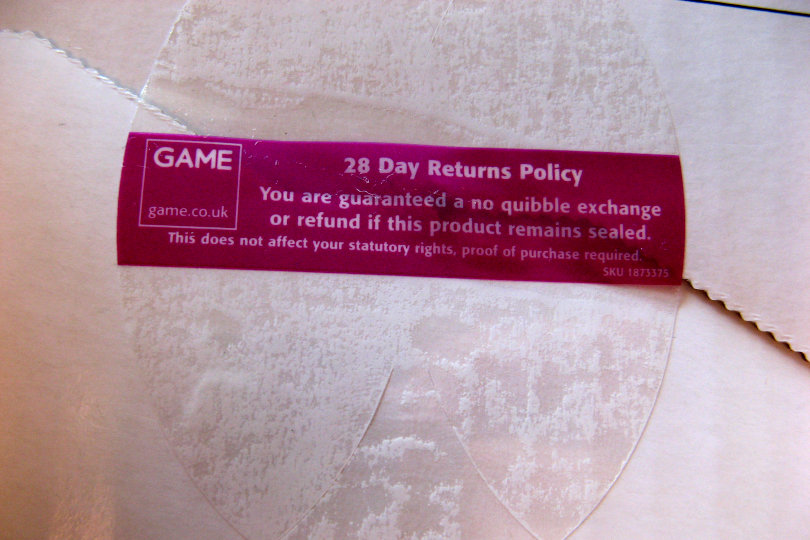The U.S. online retail market saw a surge in sales when the pandemic started. People stayed home, and that forced them to shop for essentials online. That same year, the e-commerce industry earned $565 billion. That’s good news but wait. Around $102 billion worth of products were returned.
Industry experts, however, are optimistic. They believe that the challenges of returns management should encourage entrepreneurs to take this opportunity to connect with their customers and improve their business, which is rightfully true.

Handling returns is one of the challenges that online retailers have to face. While the logistical process can result in added, unexpected costs, the profit loss is even bigger. But if you have the proper return policy, you can lessen products returned to your store.
What Is a Return Policy?
A return policy is a set of rules established by online stores to inform customers how to return or exchange products they recently bought but have decided to return for various reasons.
Businesses consider return policies as part of the customer service they provide to customers. As a result, most rules set become liberal and lenient. Some companies are too generous, offering full refunds for returned products. Unfortunately, this can be a way for customers to abuse the return process.
As returns are now prevalent and costly, online businesses must implement a balance of tighter restrictions and quality customer service to reduce return rates. This article aims to help the small online business owner create a return policy that hopes to achieve that balance. Here are five ways to improve your store’s return policy to minimize the impact of returns on your business.
Format and Placement
A return policy should be formatted in a way that explains the most important sections first with the less significant information at the end. It can start with an introduction followed by sections about specific returns, return window, and return shipping. Then, it can end with the sections about shipping costs and the terms and conditions.
Your return policy should be simple but straight to the point. If your policy is confusing, it will further affect customer relationships negatively. Remember, when a return is requested, there is already a risk of customer dissatisfaction with your business. This shouldn’t be aggravated by your return policy.
Your return policy must be placed on a separate page that your customers can easily access. It must contain your company logo to emphasize its importance and authority. It should be prominently displayed on your homepage, on products’ pages, and your checkout page.
There are e-commerce platforms that provide a template for return policies when you use them to create a store. Meanwhile, others streamline their order, inventory, and return management process in platforms like Magento. This makes it even more important to know how to create your own return policy.
Specific Returns
Explain the specific returns first. This is a list or category of products that your customers can only return. Most apparel stores use this section of the return policy. If your business doesn’t sell clothes, you can create a list of reasons for the return instead.

Return Window
Next, explain the return time frame. It is the time window that indicates when a customer can only return their purchase. Customers who see a shorter return window on particular products will be more hesitant to buy, while a longer return window will encourage them to proceed.
Return Shipping
The return shipping rules should include the return window. It should consist of how a returned product should be packaged and what should be included in it. Details such as how and where to ship a returned product and the time frame until the return is fully processed should also be explained.
Shipping Costs and Exceptions
Finally, you can now explain the return shipping costs, followed by any exceptions you think are necessary. Shopify suggests informing customers that products on sale can no longer be returned, tags on products should still be intact once returned, original product packaging should still be intact once returned, and products should have no visible signs of use.
As for the shipping cost, you can offer to pay, which can be added to the refund once you send it back to your customer. Or the shipping cost will be deducted from the refund. Whatever works for you, make sure to explain it clearly in the policy.
Maintain the Balance
While every return policy is different, you can use this format as a guide. It will help you achieve that balance between quality customer service and tighter restrictions on returns. With that, you’re now one step closer to a better return process.







